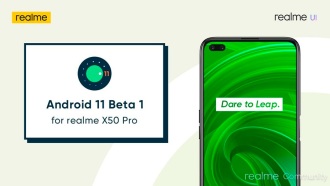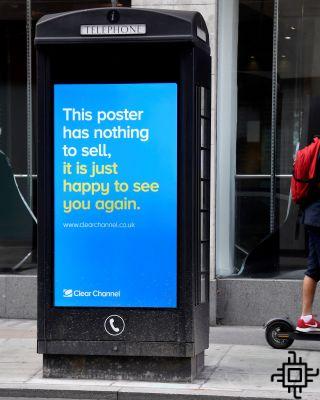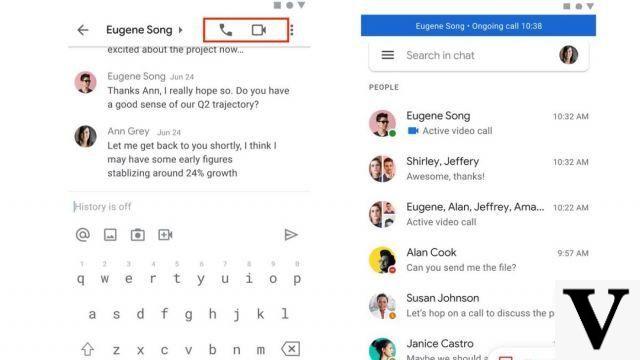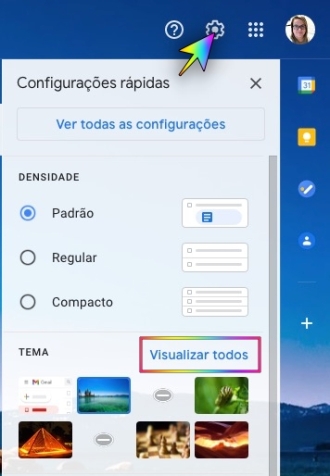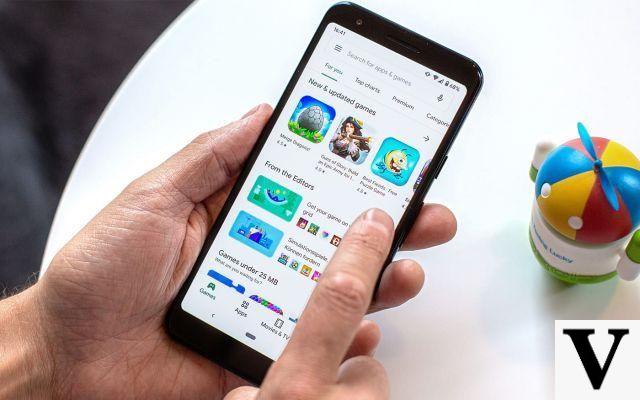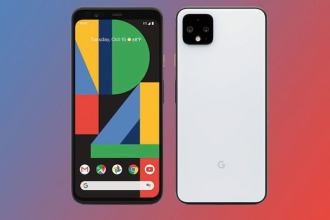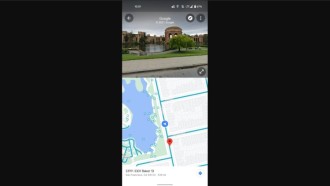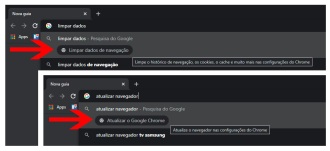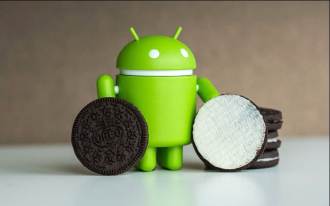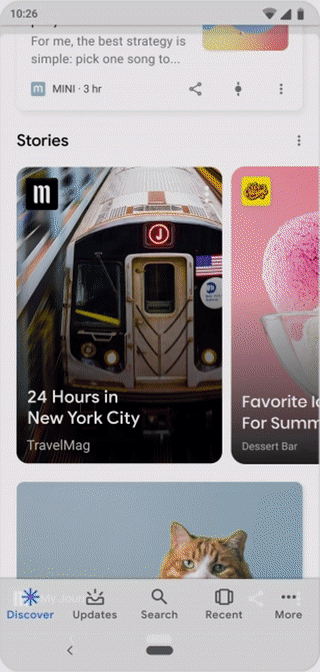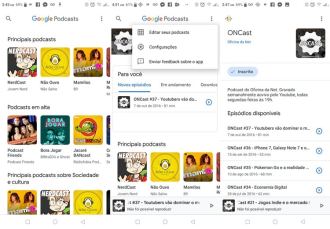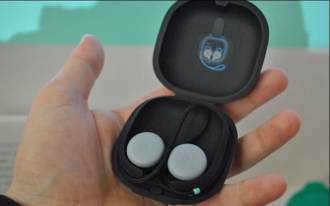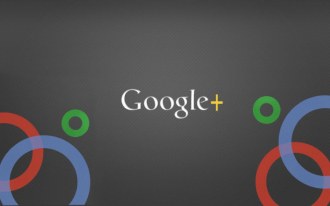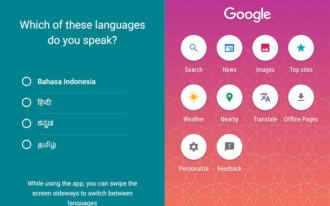This week, Nilay spoke with Ivy Ross (VP of Hardware Design at Google) and Rishi Chandra (VP at Home and Nest) for the Vergecast interview. The trio discussed the evolving and increasingly humanized design language of Google's products, as well as the future of devices like the Home Hub.
The Verge published a short edited transcript of the conversation about Google's hardware design. Check it out below:
Nilay Patel: You said "what's it like to hold Google in your hands?" So what ties this whole portfolio together for you? What are the ideals you are pushing?
Ivy Ross: Yes, we actually use three words to inform this design language: human, optimistic and bold. And this may sound simple, but it came from a long exercise by a cross-functional team representing marketing, product people, and design, really looking at what uniquely Google is and how it can become a reality on hardware, and that this design language looks like it delivers these words.
So, human: I think we've always been, for everyone, much more accessible. Optimism comes from our sense of fun. I mean, what other brand changes their logo every day in the browser? And then bold, because we do bold things as a company, namely driverless cars. So we felt that these are three elements of our DNA that we wanted to make sure they came through in our hardware design language.

Nilay: Does this start with the design of the hardware itself, the technology within it, or are you saying, "Let's make fun pops of color and fabric at the end"?
Ivy: So when I say design language, I mean group, and my team does industrial design, colored materials, finishing. We work collaboratively with PMs and engineers. The PMs actually come in with the product function, and then our job is to work together to bring the physical product to life. So it's materials, color, finish, shape, interactions - that's what my team is responsible for. But I think there are certain things, for sure, that overlap. I mean, the fact that we design our hardware to be useful to people, I would say, is definitely a human trait. So they are very relatable. They are not isolated.
That's something that I think is on the mind of the entire hardware division, is how we have a track record of providing useful software. And for us, we want to be able to provide the best hardware that leverages our software AI, but at the end of the day it's useful. Because if it's not useful to us humans, it won't be around.
Nilay: Yeah, and I think a good example of that is that the new Pixel phone has the selfie camera on the front and the wide-angle one, which really solves a constructive need - because they're showing the phone to people, that's what they is more impressed, which is quite remarkable.
Ivy: Yeah, it's a small thing, but it's a lot of fun and you're right, it's a great example of seeing a problem that exists in nature and being able to solve it.
Source: The Verge




